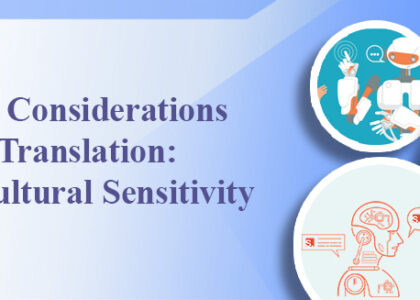The ethical considerations of AI in translation: preserving cultural sensitivity
In a world that thrives on technological innovation, the integration of Artificial Intelligence (AI) in

In a world that thrives on technological innovation, the integration of Artificial Intelligence (AI) in

In the dynamic landscape of technological advancements, the integration of Artificial Intelligence (AI) has brought